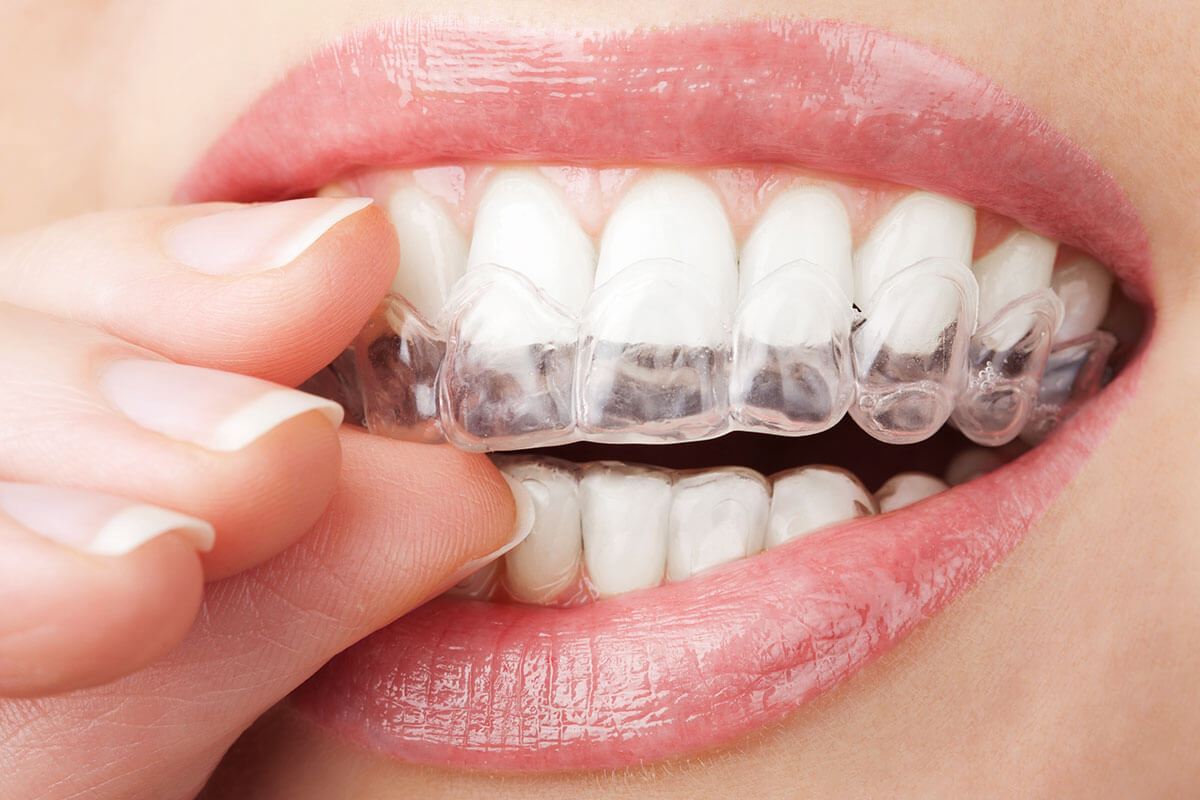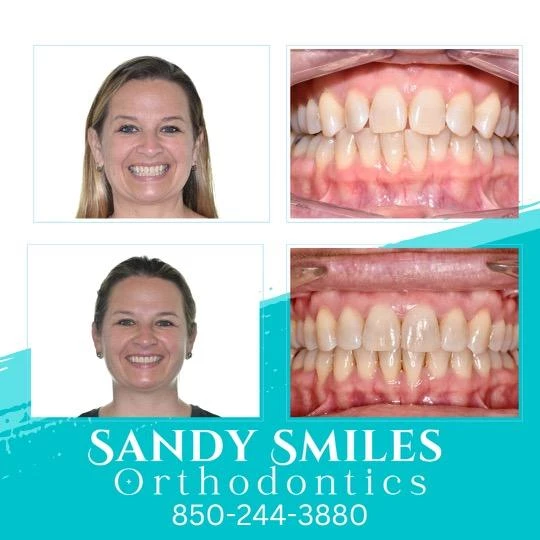Success Stories: How Invisalign Changed Lives and Enhanced Confidence
Success Stories: How Invisalign Changed Lives and Enhanced Confidence
Blog Article
Invisalign vs. Conventional Braces: Which Choice Is Right for You?
When considering orthodontic treatment, the option in between Invisalign and typical dental braces presents several important aspects that warrant mindful analysis. Invisalign offers a discreet alternative with detachable aligners, while traditional braces offer a much more visible yet efficient option for extreme imbalance. Each alternative incorporates distinctive advantages and disadvantages connected to aesthetic appeals, comfort, treatment duration, and cost. Understanding these subtleties is important for making an educated decision that aligns with your personal choices and way of living. The inquiry remains: which option will ideal fulfill your orthodontic requirements and expectations?
Summary of Therapy Alternatives

On the other hand, traditional dental braces are composed of steel brackets and cords that are adhered to the teeth. This method applies continual pressure in time to accomplish alignment. While effective for complicated orthodontic concerns, traditional braces need routine sees for changes and can pose difficulties in preserving dental health due to the trouble of cleaning up about wires and brackets.
Both choices have their merits, and the choice typically rests on certain oral problems, way of living choices, and patient compliance. Ultimately, getting in touch with an orthodontic specialist is crucial for identifying one of the most appropriate treatment plan tailored to individual needs. Recognizing the nuances of each option can significantly influence the overall success of orthodontic treatment.
Visual Considerations
A considerable factor affecting the option in between Invisalign and typical braces is the aesthetic charm each treatment offers. Invisalign aligners are crafted from clear plastic, making them basically undetectable when worn.
In comparison, conventional dental braces include metal braces and wires, which can be extra visible. While developments in orthodontic modern technology have led to the advancement of smaller sized brackets and tinted elastics, conventional dental braces still maintain an even more conspicuous profile. For some people, the visibility of dental braces might discourage them from seeking needed treatment.
Eventually, the selection between Invisalign and standard dental braces may rest on personal choices concerning visual appeals. People who prioritize discretion frequently lean towards Invisalign, while those that are much less concerned regarding exposure might choose typical braces. Comprehending the visual effects of each option is important for making an educated decision that lines up with one's way of life and choices.
Convenience and Convenience

In regards to ease, Invisalign aligners are detachable, enabling people to enjoy their favorite foods without constraint and preserve optimal dental hygiene. Brushing and flossing are streamlined, as the aligners can be obtained during these routines, whereas typical braces call for cautious maneuvering around braces and cables.
Furthermore, Invisalign's dynamic system enables fewer orthodontic gos to. People typically receive numerous sets of aligners at the same time, which can improve the therapy process and lower time spent in the orthodontist's chair. On the other hand, standard braces require regular modifications, making them much less practical for those with active routines. Invisalign. In general, the convenience and benefit of Invisalign make it an enticing option for several individuals looking for orthodontic therapy.
Treatment Duration and Performance
While both Invisalign and traditional braces work in fixing dental misalignments, the duration of therapy can differ dramatically between both choices. Commonly, Invisalign therapy can take anywhere from 12 to 18 months, depending on the intricacy of the case. The clear aligners work by slowly moving teeth into their preferred settings, and routine follow-ups with an orthodontist assistance make sure development continues click this site to be on the right track.
On the other hand, conventional dental braces commonly call for a longer dedication, normally varying from 18 months to three years. This is due to their set nature and using brackets and cords, which can be more effective for extreme imbalances and complicated cases (Invisalign). The treatment effectiveness of conventional dental braces is well-documented, as they allow for specific adjustments and higher control over tooth movement
Ultimately, the selection in between Invisalign and conventional braces might pivot on both the anticipated treatment duration and the certain dental concerns at hand. Consulting with an orthodontist is important, as they can provide tailored suggestions based on private needs, guaranteeing the selected method aligns with desired durations and end results.
Cost Comparison and Insurance Coverage Choices
Expense plays a considerable role in the decision-making procedure for people taking into consideration orthodontic treatment, whether selecting Invisalign or traditional braces. Usually, the cost of Invisalign arrays from $3,000 to $8,000, while typical braces normally cost in between $2,000 and $6,000. Aspects affecting these prices include the complexity of the situation, the duration of treatment, and geographical area.
Insurance insurance coverage can dramatically influence out-of-pocket expenditures. Lots of oral insurance coverage plans offer partial coverage for orthodontic treatments, but the specifics can differ widely. It is essential for people to evaluate their insurance coverage to figure out the degree of insurance coverage for either option. Usually, standard braces may be a this article lot more often covered by insurance plans compared to Invisalign, which some insurance providers classify as a cosmetic procedure.
Additionally, numerous orthodontic methods use adaptable settlement plans, making both treatment alternatives extra accessible. Clients must inquire about potential financing choices and discount rates for upfront payments. Reviewing the overall price, including insurance advantages and layaway plan, is vital for making an educated choice that lines up with both aesthetic choices and spending plan considerations.

Verdict
In recap, the selection in between Invisalign and conventional braces depends upon multiple variables, consisting of aesthetic choices, comfort, treatment duration, and expense. Invisalign uses a very discreet, detachable option that promotes oral hygiene and dietary versatility, while conventional dental braces might be extra appropriate for intricate dental problems and typically come with a reduced price point. Inevitably, assessment with an orthodontist is vital to analyze specific scenarios and determine the most appropriate treatment option for achieving ideal dental placement.
When thinking about orthodontic therapy, the selection in between Invisalign and typical braces offers numerous crucial aspects that warrant cautious examination.Contrasting Invisalign and typical braces reveals distinctive treatment choices for orthodontic correction.While both Invisalign and standard dental braces are reliable in remedying oral misalignments, the period of therapy can vary dramatically between the 2 choices.Price plays a substantial role in the decision-making process for individuals thinking about orthodontic treatment, whether opting for Invisalign or check this site out traditional braces.In recap, the option in between Invisalign and standard dental braces hinges on multiple factors, including aesthetic choices, comfort, treatment period, and cost.
Report this page